World 🢖 Africa 🢖 Democratic Republic of the Congo
Waterfalls 🢔 Geological wonders 🢔 Categories of wonders
Wonder
Yellala Falls
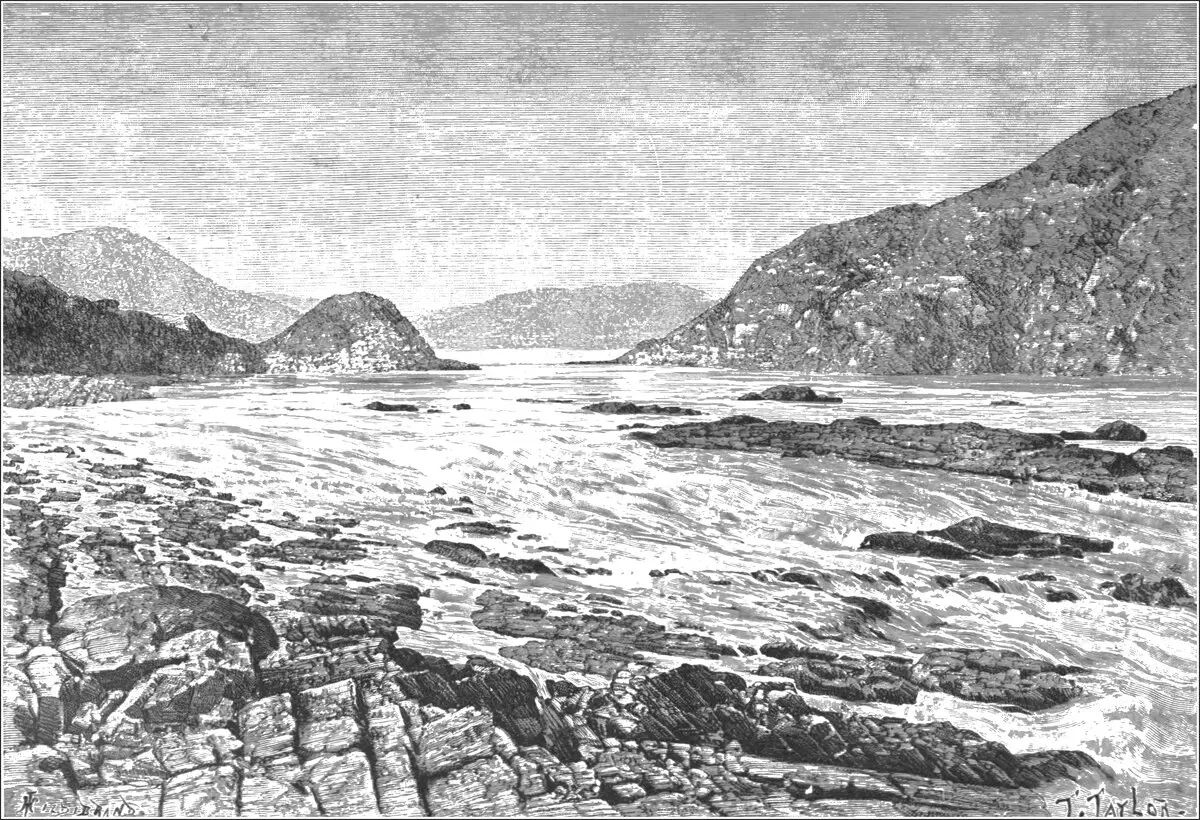
 In short
In short
The last major rapids on the Congo River are Yellala Falls. The approximately 1 km wide river falls some 10-14 m over a distance of some 2.5 km.
 43.0%
43.0%
GPS coordinates
Location, address
Map of the site
If you see this after your page is loaded completely, leafletJS files are missing.
 In detail
In detail
Yellala Falls – the keeper of the African secrets
The central part of Africa was one of the last places explored by the Europeans, even if it is closer to Europe than, for example, Australia, Peru, or Canada.
Europeans definitely tried to reach this part of the world since the times of Ancient Romans and before. One of the potential ways to the center of the continent seems to be a giant river – Congo.
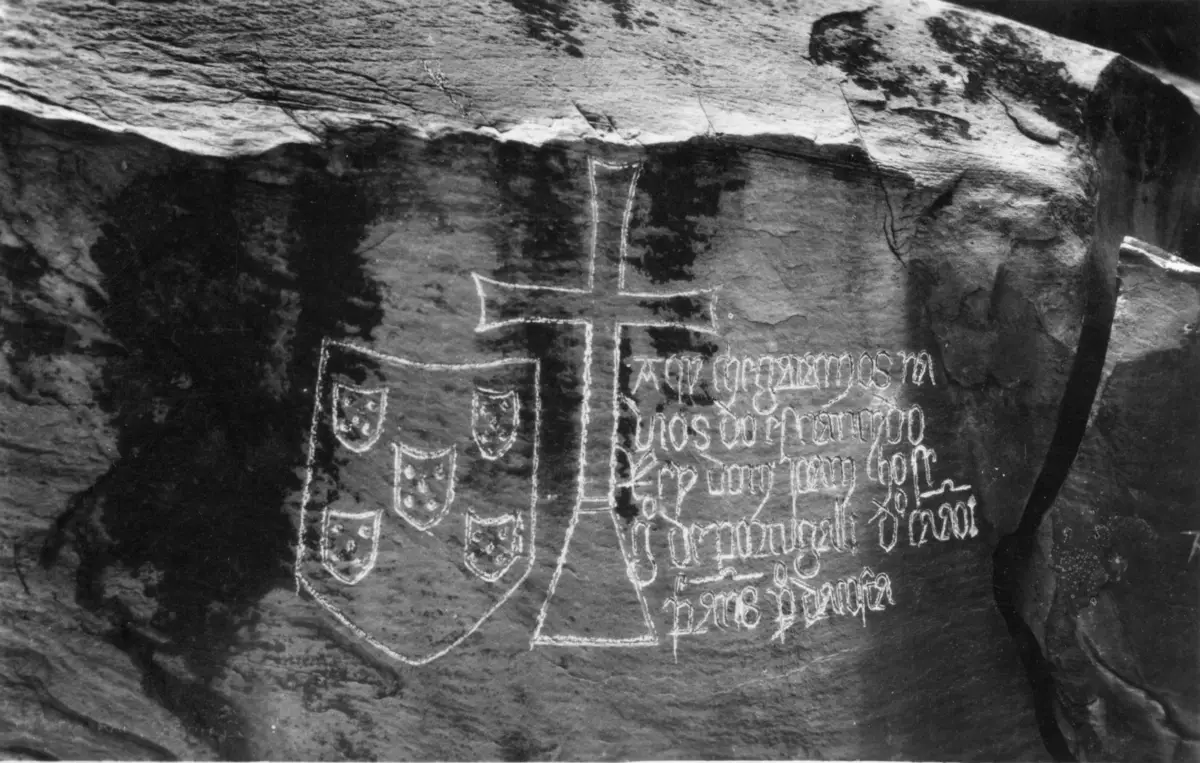
Thus, in 1480ies Portugal restarted its ambitious program for the exploration of African coasts. The expedition led by Diogo Cão in August 1482 reached the estuary of the Congo. Portuguese ships entered the river several times until in October or November 1485 they reached very powerful rapids that could not be crossed by ships – Yellala Falls. The expedition left an inscription on the stone below the falls (image). This stone – the Stone of Yellala – was rediscovered in 1910.
The sequence of the rapids on the Congo River efficiently stopped further European exploration in this area. Only in 1876-1877, the expedition of Henry Morton Stanley managed to cross the central part of Africa but further exploration and mapping lasted well into the 20th century.
A railway line between Matadi and Kinshasa was built in 1898 to bypass the rapids.
Part of Livingstone Falls
Yellala Falls is the last major fall in the sequence of the world’s most powerful rapids named Livingstone Falls. These are not real waterfalls where the whole river abruptly falls down: Livingstone Falls are spread over a distance of some 350 km and the Congo River falls there for 270 m.
Livingstone Falls have formed on Crystal Mountains: the last major obstacle before the Atlantic Ocean. This is a low, eroded mountain chain where extremely old rocks of Archaean Eon are exposed. The mighty river there is forced to meander through the hard igneous rocks, such as granite, and gneiss.
In total in the Livingstone Falls can be singled out 32 separate rapids and falls. The first in this sequence are Kintambo Rapids at Kinshasa and Brazzaville cities. The most magnificent could be the Inga Falls, the last major rapids before the Yellala Falls.
The power of Yellala Falls is hard to describe. Images show a torrential river, but few realize the scale of this torrent. The standing waves sometimes are higher than the trees near them!
Unique ecosystem
In this part of the Congo River live some 300 species of fish, many of them endemic – found only there. This diversity is even more amazing if we look into some details:
- In this extremely deep river live unique deep-water fishes, such as the unique Lamprologus lethops that lives only in the Livingstone Falls area of the river. Extreme depth has been measured in the Livingstone Falls section, f.e. near Kiakongo the river is more than 160 m deep and there have been found places where the depth reaches 220 m (but there still is a chance to find even deeper places!). And there, in the complete darkness of the bottom layers live eyeless fishes. Occasionally these fishes are brought upwards by the violent rapids and then they die because of the decompression.
- People see only the power of the stream on the surface. But the stream deep in the river is not less powerful, in some places near the bottom the water slides 4 m per second! The fish that lives on one coast of the Livingstone Falls never meets the fish at the other bank. Thus, in every section and every abyss on this river might be living unique fish species!
References
- Richard F. Burton, Two Trips to Gorilla Land and the Cataracts of the Congo, 1876. Accessed on December 26, 2010.
- Mindy Weisberger, Dying Fish Revealed Congo Is World’s Deepest River, LiveScience, August 2020. Accessed on December 27, 2010.
 Linked articles
Linked articles
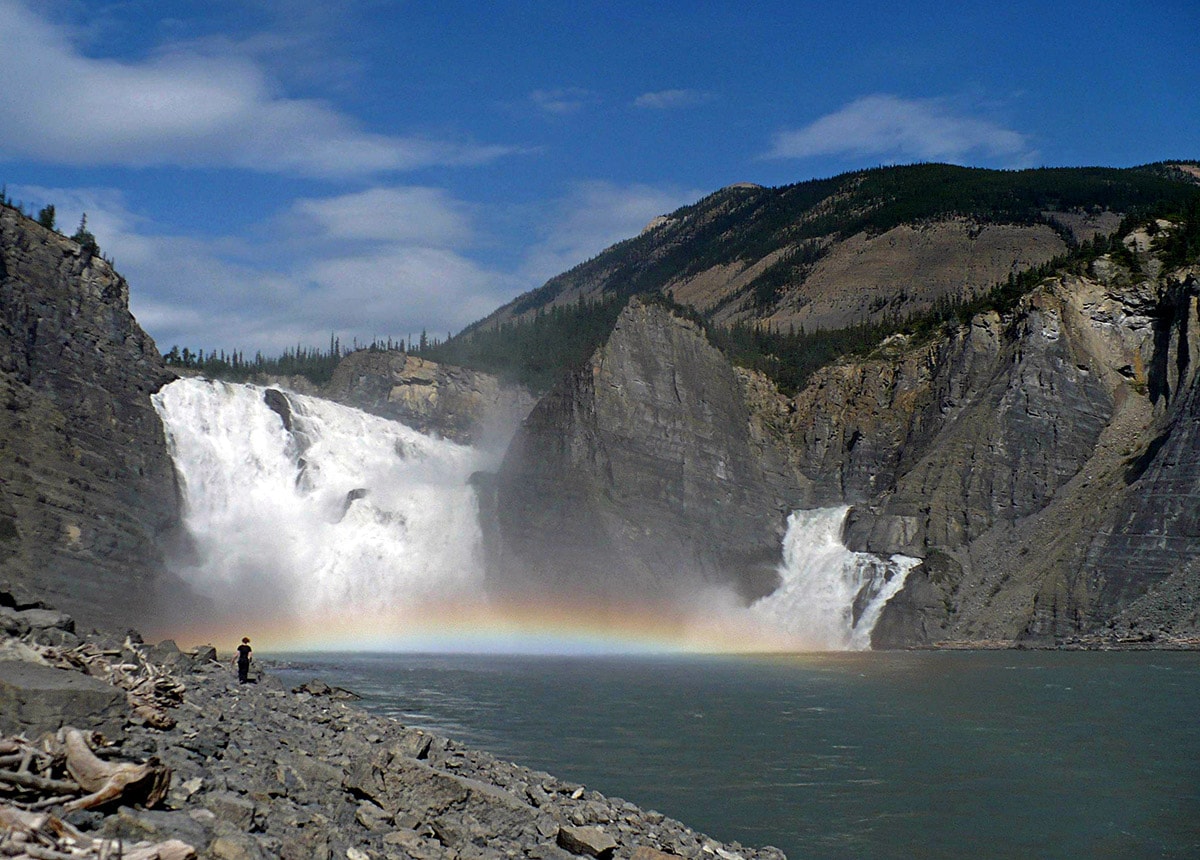
Waterfalls
Some of the most fascinating and awe-inspiring natural monuments are waterfalls or locations where a river abruptly changes its elevation.
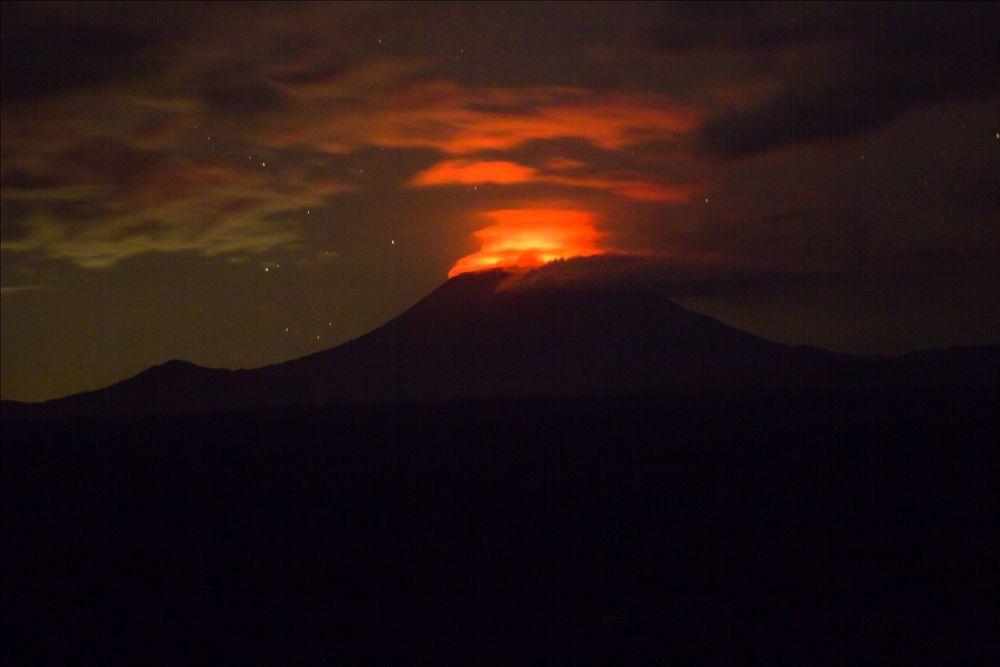
Wonders of Democratic Republic of the Congo
The Democratic Republic of the Congo belongs to the least explored and most promising countries of the world regarding exciting landmarks. The last decades have been unfortunate in the history of this enormous country as it has gone through a series of devastating wars and anarchy periods scaring away foreign explorers. The major part of the country is covered with impenetrable, very diverse equatorial jungle and crossed by large rivers. The jungle covers mountain ranges, the base of volcanoes, and surrounds barren inselbergs and precipices with countless high waterfalls.
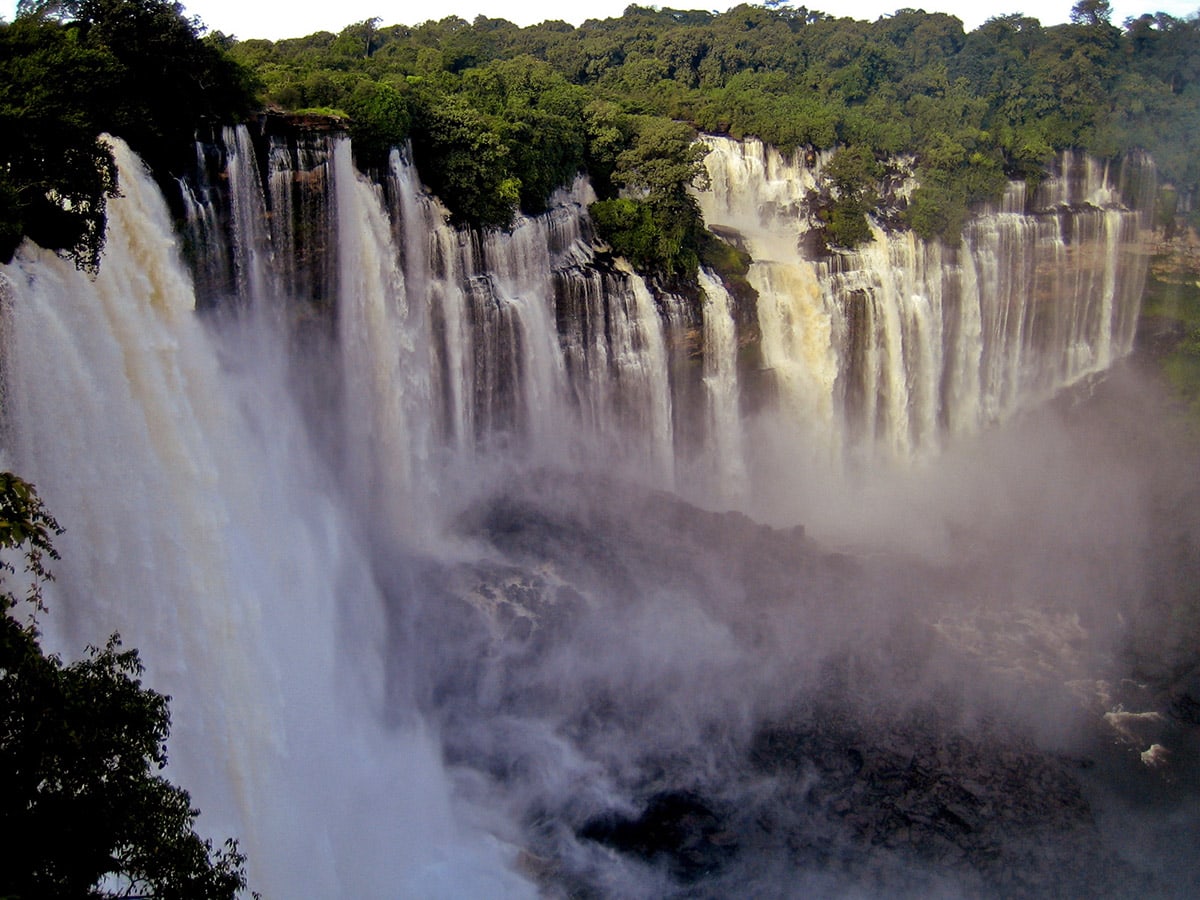
Wonders of Africa
Africa has many outstanding wonders and some of the most surprising ones are the heritage of Egyptian civilization, the vernacular architecture of the Sahel region, tropical ecosystems, and others.
 Recommended books
Recommended books
Canoeing the Congo: The First Source-to-Sea Descent of the Congo River
At 2,922 miles, the Congo is the eighth longest river and the deepest in the world, with a flow rate second only to the Amazon. Ex-Marine Phil Harwood embarked on an epic solo journey from the river’s true source in the highlands of Zambia through war-torn Central Africa. With no outside help whatsoever he faced swamps, waterfalls, man-eating crocodiles, hippos, aggressive snakes, and spider webs the size of houses.
River Monsters: True Stories of the Ones that Didn’t Get Away
Called “the greatest angling explorer of his generation” (Independent on Sunday), Jeremy Wade takes viewers where no wildlife program has gone before. Now Wade goes truly beneath the surface, disclosing full details of how he catches each species and recounting the off-camera highlights of his extraordinary life. From his arrest as a suspected spy in Southeast Asia to a plane crash in the rainforest, every page of the Wall Street Journal bestseller River Monsters is packed with adventure.


